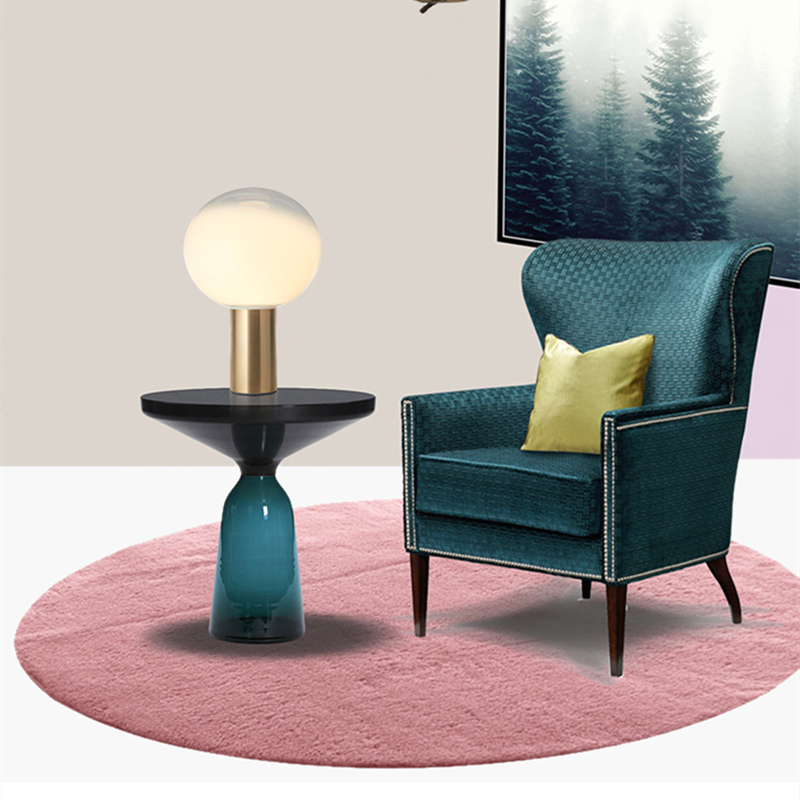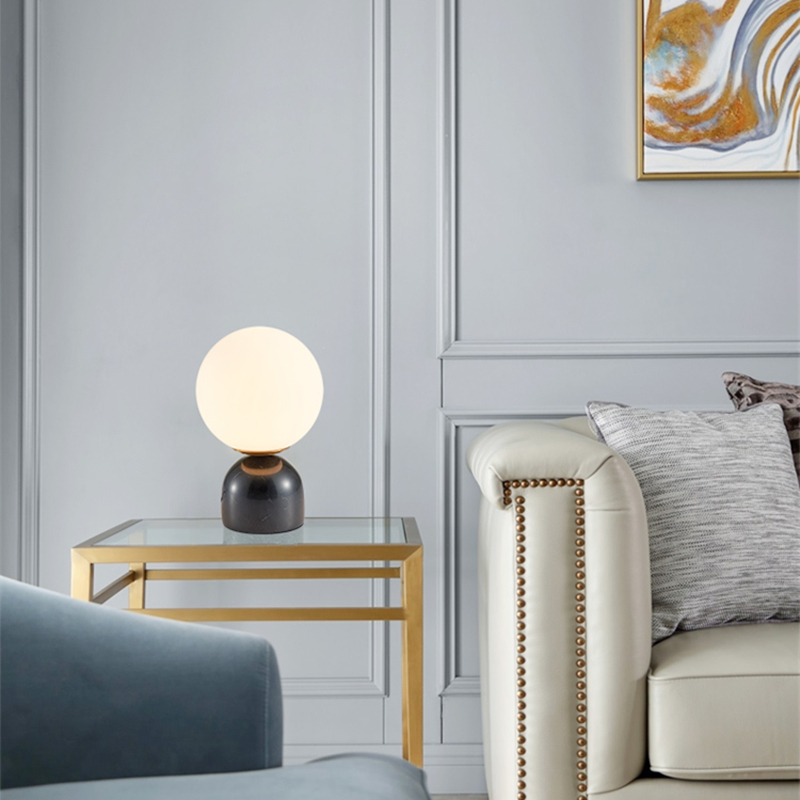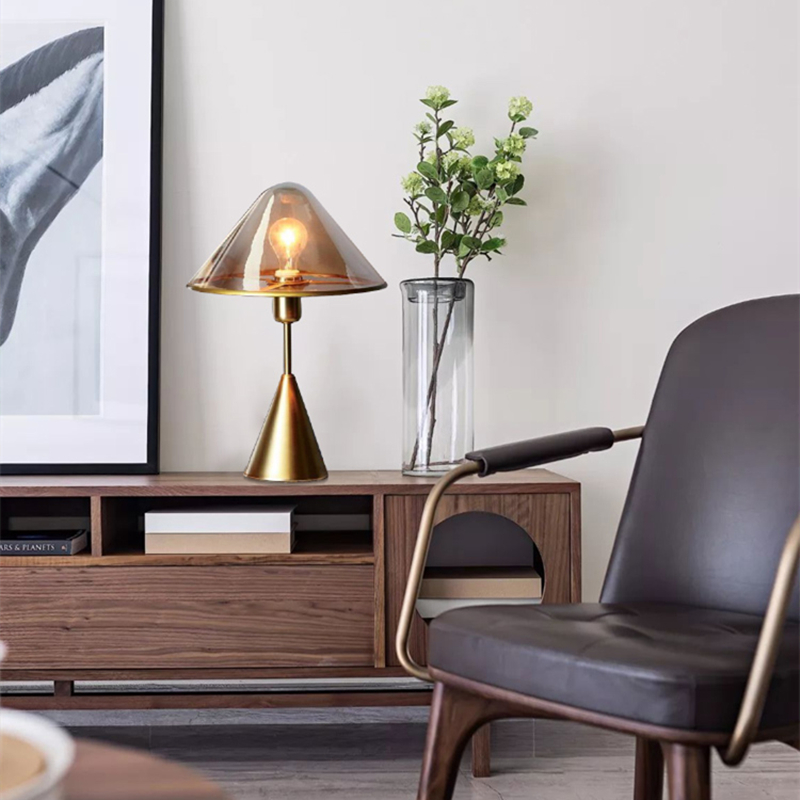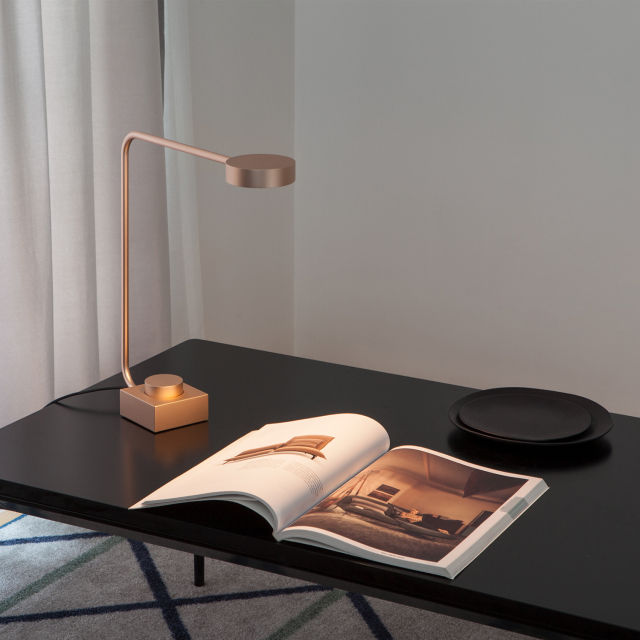I. Why do I recommend you to buy a table lamp?
I personally read books a lot, and basically spend my reading time at night. The incandescent lamp in the room has a color temperature of about 2800K, and the lighting effect is good, but it is not suitable for reading, so I bought a desk lamp, which is convenient for reading and can improve the decoration level of the room. The desk lamp avoids us from affecting others, has a good lighting environment for study and work, can read words more clearly, and is more conducive to concentration and spirit. It is to make it easier for us to immerse ourselves in a good atmosphere.
Of course, it is easier to immerse yourself in the atmosphere of reading books, mainly in the lighting environment of table lamps. There must be many friends who are similar to me. When reading, writing, or even painting in the room or dormitory at night, they suffer from lack of good lighting conditions, so I strongly recommend that small partners including but not limited to the above situations buy a table lamp.
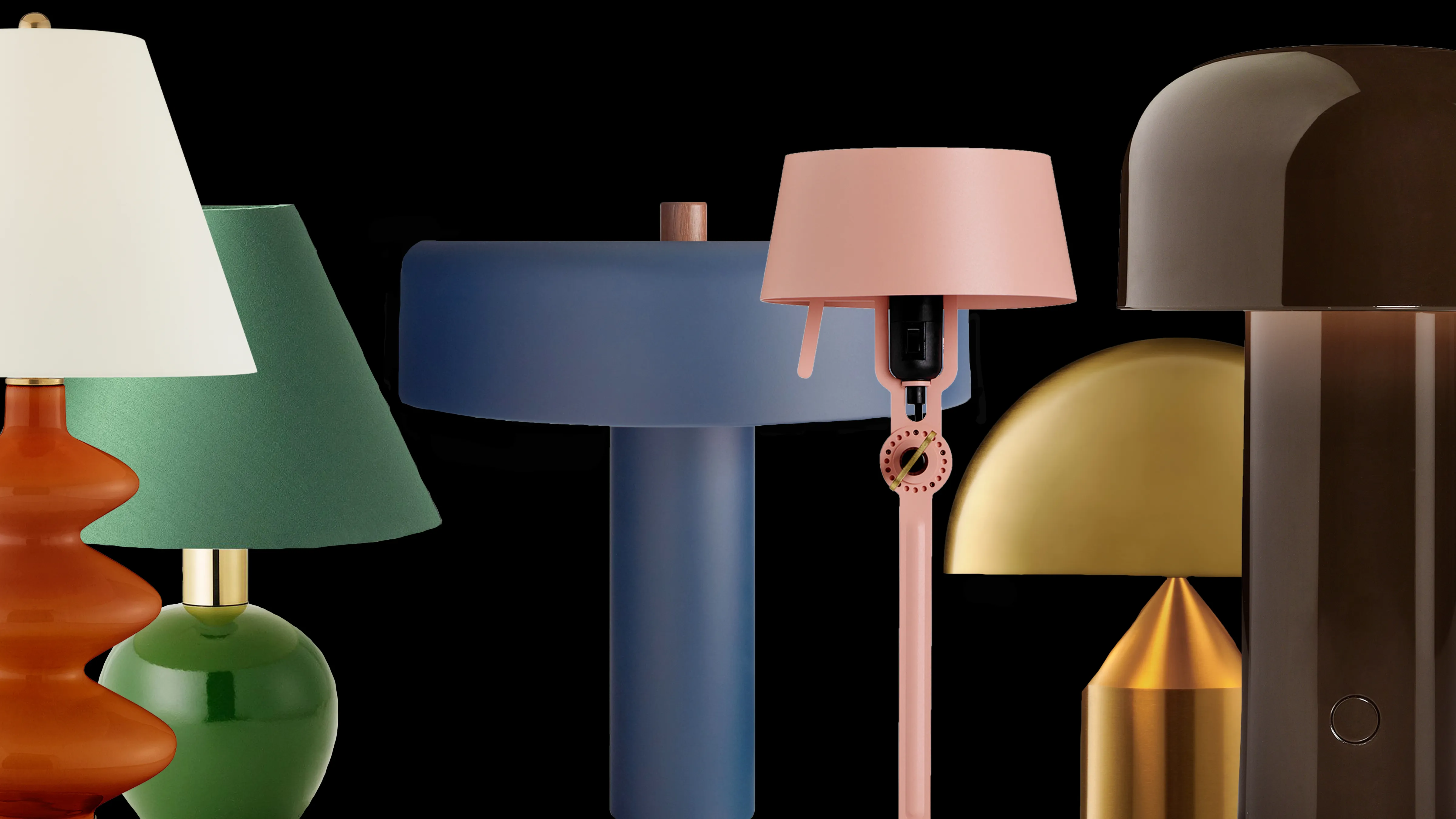
II. What indicators should you pay attention to when buying a table lamp?
1. Strobe
Strobe is harmful to the eyes, including eye fatigue, vision loss and even headaches, so if you are reading a book, you need to pay attention to this parameter when buying a table lamp. Of course, no stroboscopic in the absolute sense is actually impossible. The stroboscopic requirement of the Chinese industry standard for qualified products is 3125Hz.
How to test?
Currently the least expensive way is to look at the severity of all light sources stroboscopic through the phone camera. The more serious the stroboscopic effect and the greater the brightness amplitude, the clearer the black bars reflected on the screen. In other words, the more stable the light in the screen, the more uniform the brightness, and the better the stroboscopic control. If you understand it simply, if you don’t see black bars, it means that the control is not bad.
2. Blu-ray
Blue light refers to one of the blue segments of the spectrum. The wavelength range is about 400 to 500 nanometers. Blue light is visible light with shorter wavelengths and stronger energy. Experimental results show that the light in this spectrum is harmful to the fundus cells of the human eye. Relatively large damage, may also lead to abnormal sleep.
Long-term high-intensity blue light exposure, in short, when the amount is too much, will cause great damage to the cells of the fundus, and may cause abnormal sleep. Pay attention to it for a long time. Therefore, generally qualified table lamps, or those with RG0-level blue light reduction can be used with confidence.
3. Color Temperature
High color temperature, cold light, higher work efficiency; low color temperature, warm light, easy to get sleepy. Generally speaking, the base of the table lamp will be marked with the color temperature. For reading, the color temperature in the range of 3000 ~ 4000K is more in line with the physiological needs of the human eye. Then for the purchase of rechargeable table lamps, it is best to choose the color temperature adjustable.
1700 K: Match Light
1850 K: Candles
2800 K: common color temperature for tungsten (incandescent) lamps
3000 K: common color temperature for halogen lamps and yellow fluorescent lamps
3350 K: Studio “CP” Lights
3400 K: Studio table lamps, photographic floodlights (not flash), etc…
4100 K: Moonlight, light yellow fluorescent lamp
5000 K: Daylight
5500 K: Average daylight, electronic flash (varies by manufacturer)
5770 K: Effective solar temperature
6420 K: Xenon arc lamp
6500 K: The most common color temperature of white
9300 K: TV screen (analog)

Color temperature diagram
4. Illumination
Before buying a table lamp, you can pay attention to the indicator of illuminance. It is marked with National A-level to indicate that the illumination of the desk lamp is uniform, and uneven light will aggravate eye fatigue. The illuminance and illuminance uniformity of the national A-level standard can be seen in the following chart:
Standard requirements for illuminance and illuminance uniformity
|
Standard Requirement |
120° sector area ≤300mm distance |
120° fan-shaped annulus area with a distance of 300 ~ 500mm |
||
|
Illumination/lx |
Illumination uniformity |
Illumination/lx |
Illumination uniformity |
|
| AA Level | ≥500 | ≤3 | ≥250 | ≤3 |
| A Level | ≥300 | ≤3 | ≥150 | ≤3 |
So what is illuminance? Illuminance is the luminous flux received per unit area, and the common unit is lux (lx or lux). The magnitude of illuminance depends on the luminous intensity of the light source and the distance between the object and the light source.
So what is the illuminance corresponding to our usual living and working environment? What is the appropriate level of illumination for a desk lamp suitable for learning to read?
Some daily representative illuminances:
Office/Classroom: 300 lux
Street light: 5 lux
Full Moon: 0.2 lux
Starlight: 0.0003 lux
In hot sun: 100000 lux
Cloudy weather: 500 ~ 6000 lux
When drawing: 600 lux
When reading: 500 lux
Night baseball field: 400 lux
5. Color rendering index (Ra)
The color rendering index (CRI) is a common parameter in the field of lighting technology, which refers to the use of the light source to illuminate the object and the standard light source. Generally, sunlight is used as the standard light source. When lighting, the color conforms to the measure, that is, the degree of color fidelity. The higher the color rendering, the more true the color can be restored.
III. What kind of table lamp is really good?
Basic elements: 1. Quality light source; 2. Optical design; 3. Material workmanship
Advanced elements: functionality, intelligent operation, aesthetic enhancement
1. High quality light source
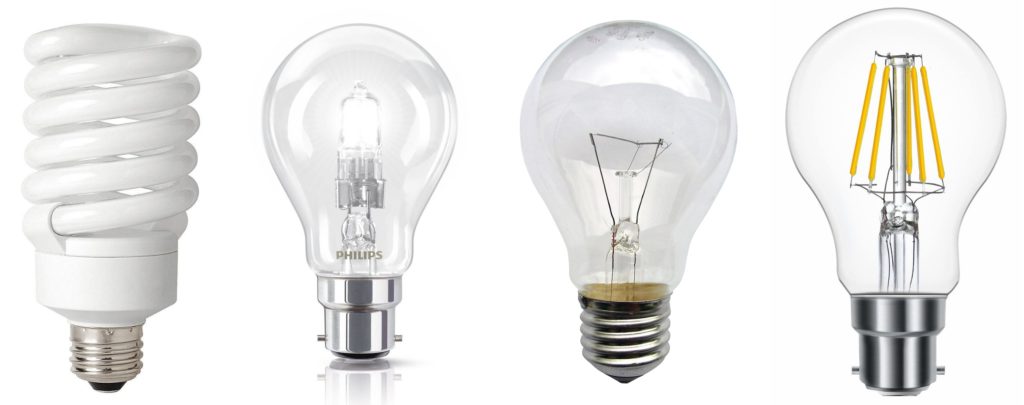
Common light sources for table lamps can be divided into four categories: incandescent lamps, halogen lamps, fluorescent lamps, and LEDs.
Spectrum

The biggest attribute that distinguishes different light sources is the spectrum. When it comes to spectrum, we have to briefly introduce the concept of color rendering, which reflects the closeness of the color displayed by an object under a specific light to the color displayed in sunlight. The higher the color rendering (0 – 100), the better, 100 means the color is 100% restored. I think everyone has the experience of seeing things under the old-fashioned dim street lights and can only see a piece of yellow. The reason is that the spectral resources of the old-fashioned sodium lamps are very narrow, resulting in poor color display quality.
Let’s look at the spectrum of different light sources. Why do people always say that incandescent lamps and halogen lamps protect the eyes? Because the spectrum of these two lamps is closest to sunlight. The proximity here emphasizes the comprehensive spectrum, not the complete consistency of the spectral distribution curves.
When you look at fluorescent lamps and LEDs, the spectrum pales in comparison. The spectrum of fluorescent lamps is composed of several peaks, because the light-emitting principle of fluorescent lamps is that ionization forms electron transitions to release photons, thus forming a spectrum similar to an energy band diagram. This is also the reason why many fluorescent lamps have low color rendering, and the color rendering Ra of ordinary fluorescent lamps may be lower than 80.
The LED spectrum is formed by a blue peak with a yellow-green envelope, due to the fact that most LEDs on the market have a blue-yellow phosphor structure. This is why many people say that LEDs have blue light damage.
So which of these three light sources is more suitable for table lamps?
If you only consider color rendering, then I think incandescent lamps, halogen lamps, and LEDs are all acceptable, and fluorescent lamps are slightly worse. Incandescent and halogen lamps are determined by their natural spectral dominance. LED technology is also becoming more and more mature, and through careful light-color ratio, it can also cover a wide and complete spectral range, so as to achieve a higher color rendering index (Ra > 90). Generally speaking, if the LED has high color rendering, the product will be specially marked, which represents a higher quality light source, which is a selling point.
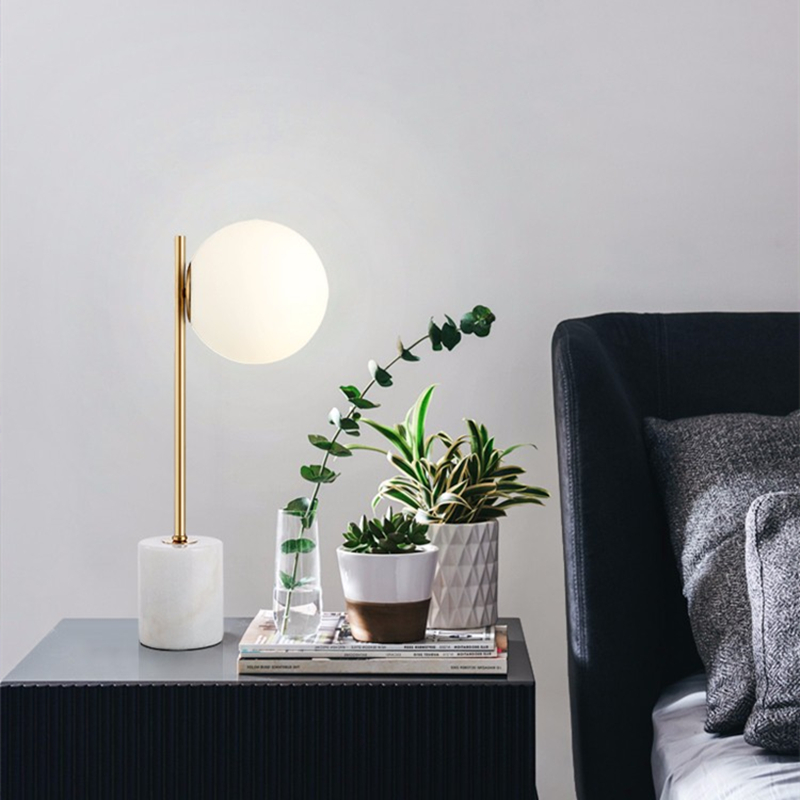
LED Bedside Table Lamp
If a parent buys an eye protection desk lamp for their child, I suggest choosing LED. Of course, incandescent and halogen lamps are also available, because the spectrum is very complete, and humans have been most adapted to this form of light for millions of years. But there are also side effects. For example, if you look at the incandescent light spectrum, red occupies a large area, then the incandescent light will be particularly dim due to its low color temperature. Low color temperature will make people more prone to drowsiness. This is a physiological effect of low color temperature, and it may not be a good choice for homework. At the same time, due to the low luminous efficiency of incandescent lamps and halogen lamps, there will be an obvious heat sensation in summer. So taking it all into consideration, if it is really my choice, I will embrace the new technology and choose a fluorescent lamp or LED desk lamp with a good color rendering (Ra>90).
2. Optical Design
A good table lamp for living room, in addition to its beautiful appearance, will definitely achieve its most basic and core functions of controlling light:
- Uniformly illuminate the illuminated area (illuminance uniformity, illuminance level).
- Soft light without glare (direct and reflected glare control).
3. Material Workmanship
You get what you pay for. If you pursue cost-effectiveness, the cost will definitely be saved somewhere inadvertently. Taking the power supply as an example, a good power supply design can effectively reduce flicker, and high flicker can easily cause visual fatigue.
Incandescent lamps and halogen lamps emit heat through tungsten filaments, and the stroboscopic effect is relatively light, which is also a major reason for their eye protection. Fluorescent lamps, which are excited by alternating current to ionize and emit light, are theoretically flickering due to the influence of the 50Hz frequency of the mains. However, due to the continuous existence of its ionization, we generally do not perceive its stroboscopic flicker during use. When the ionization efficiency of the fluorescent lamp is aging, the naked eye can perceive the obvious flickering. The LED is driven by alternating current and converted into direct current for power supply, but the direct current is also generated by filtering, and it is theoretically impossible to achieve a stable direct current. And LED brightness is sensitive to its power supply voltage reflection, if the filtering effect is not good, LED will also produce an uncomfortable stroboscopic effect. The high-quality power driver will not cut corners on electronic components, and use mature and reliable circuit design to optimize the filtering effect, thereby reducing the LED stroboscopic effect.
You get what you pay for, and the quality is often reflected in the price. The cost will also be reflected in the materials and workmanship. High-end products may be made of metal with perfect seams; mid-end products are made of high-quality and reliable plastics, and the workmanship is acceptable; low-end products are subject to cost pressure and use the cheapest materials possible, with rough workmanship. There are also security risks to use.
IV. The placement skills of table lamps in the living room: what style of table lamps is suitable for the living room?
Living room table lamp placement
1. When placing table lamps in the living room, we need to pay attention to the lighting of the table lamps. We should pay attention to this point. Another is the placement of the table lamps. When laying out the table lamps in the living room, the lighting cannot be arranged near the sofa. This will affect the vision of guests and family members.
2. In addition, when purchasing a living room table lamp, the material, shape and collocation of the table lamp must be selected according to the decoration layout of the living room. In terms of materials, metal table lamps, wooden table lamps, white ceramic table lamps, stone table lamps, marble table lamps etc. are all good choices.
3. For table lamps placed in the living room or other indoor spaces, most of us will choose warm-toned lights, which can make the whole home look more warm. Must not use colored light table lamps, especially the table lamp with red light source, this will make the owner’s mood too excited, and it is easy to produce an anxious mood. Because the table lamp is mainly used to see the color of the light source, the color of the table lamp is actually the color of the light source of the table lamp.
What kind of table lamp is suitable for the living room?
1. Generally, when placing table lamps in our living room, the light source should be considered according to the space of the home. Some common light sources in our life are: incandescent lamps, fluorescent lamps, energy-saving lamps, quartz spotlights, etc. Then the best thing for our living room is to choose fluorescent lamps for placement, while other types of lamps are set up with different lamps according to different usage needs.
2. Then the next step is to consider the height, area and size of the table lamp in the living room. The size of the table lamp placed in our living room should not be larger than 80 cm. Otherwise, it will affect the uncoordinated matching of the living room and damage the appearance. The size of the table lamp is too high, which will bring a sense of depression. Generally, in an indoor space with a height of 2.6 to 2.7 meters, the height of the lamps should not exceed 40 cm.
3. Although we can choose the color we like in the color tone of the lamps, it is best not to use the lamps with too many colors, which will only reduce the aesthetics of the home. If the table lamps placed in the living room are colorful, it will also be a kind of torture to the human optic nerve. The light of fluorescent lamps is the closest to the sunlight in the spectrum, and the eyes are the easiest to adapt to.
V. The 5 most beautiful table lamps
1. Arne Jacobsen Table Lamp
No. 1 recommendation, the classic works of Master Jacobson are recommended as the first. Everyone should be very familiar with it. The concise and neat shape can be matched with any home style, with rich colors and high selectivity. Whenever someone asks for a table lamp recommendation, I am the first to recommend this one, which is the most collectible series of Louis poulsen lamps.
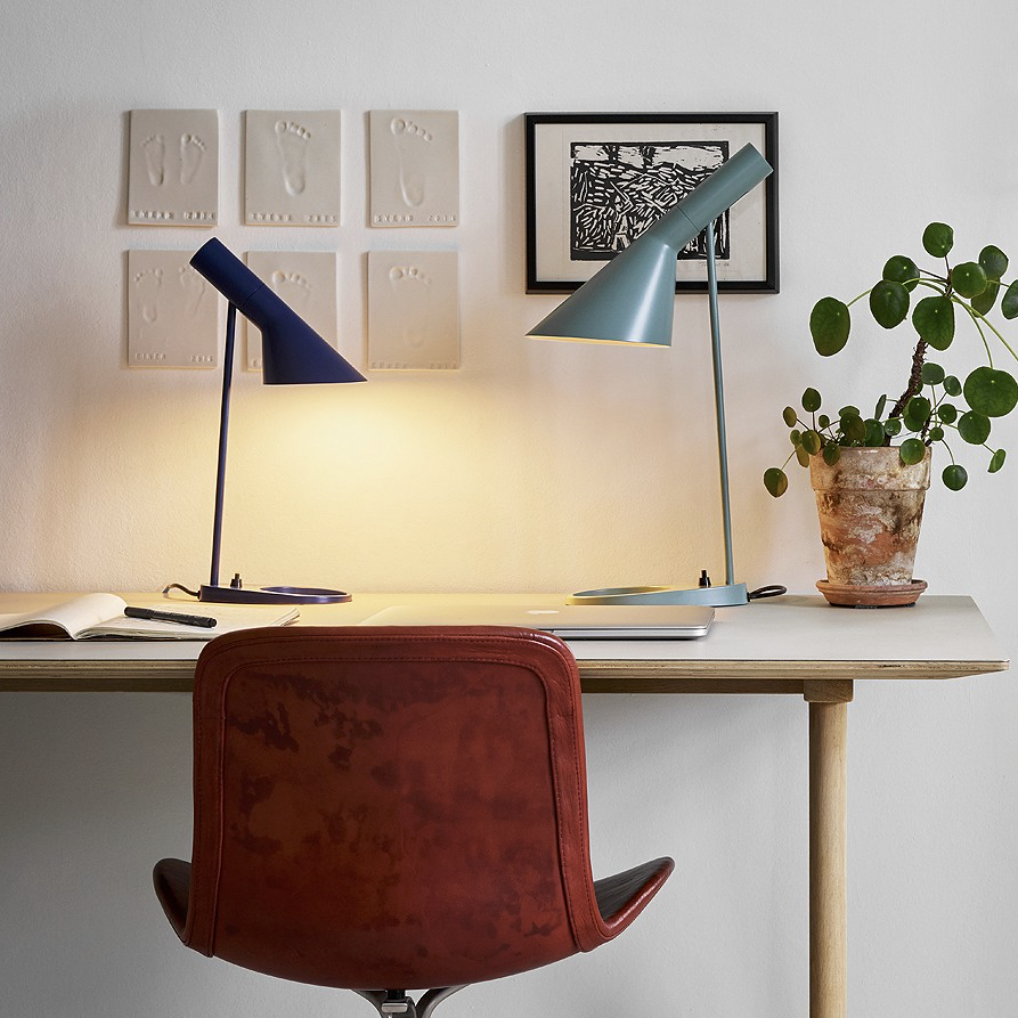
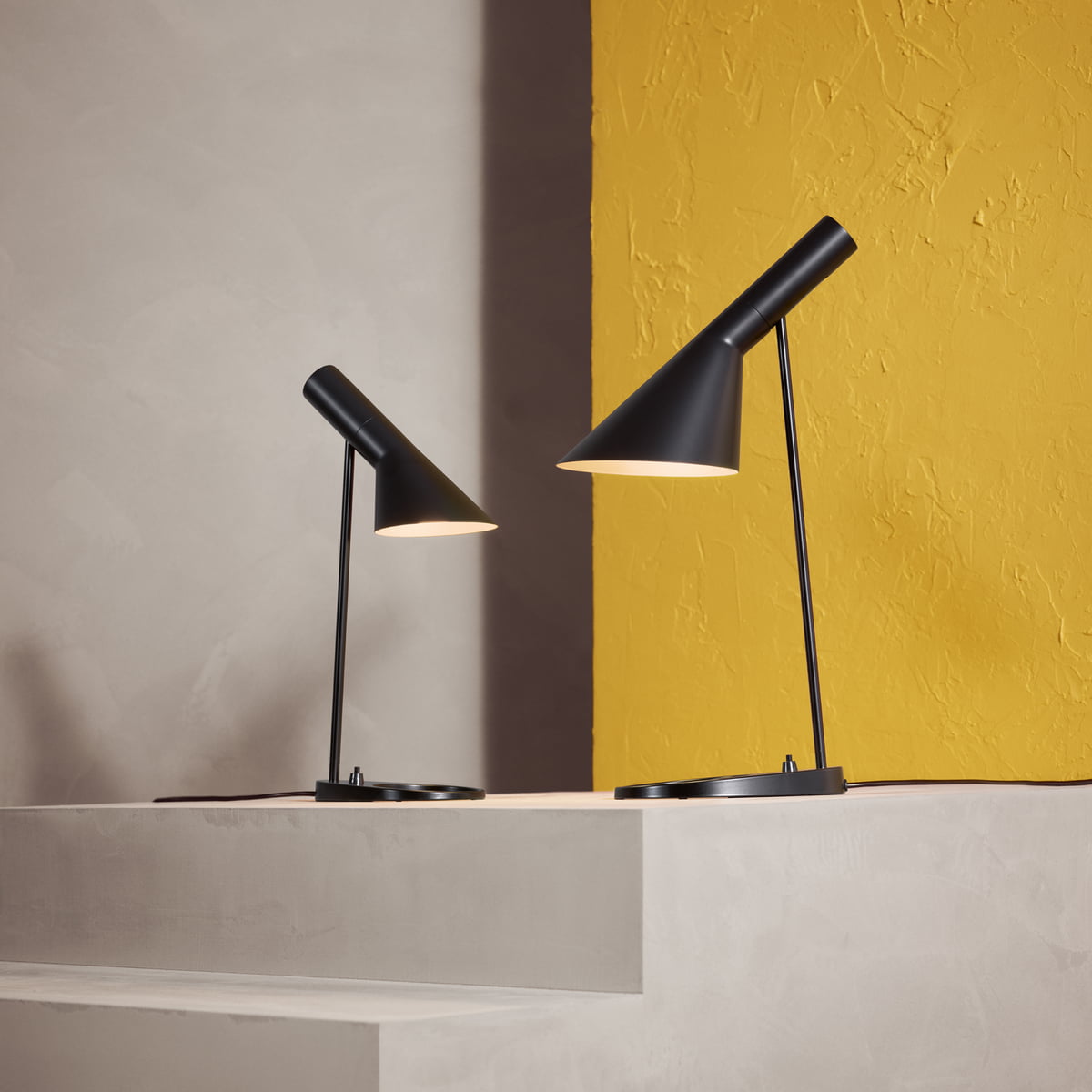
2. Flos IC Table Lamp
Flos’s very famous IC table lamp, many people will be attracted by its interesting geometric shape at first sight. The collision of metal lines and spheres is exactly what minimalists love. George Light also acts as an agent for this product. Because of its beauty and popularity, the texture and proportion of the cottage are 108,000 miles away from the genuine product. Friends who like it must keep their eyes open to buy!
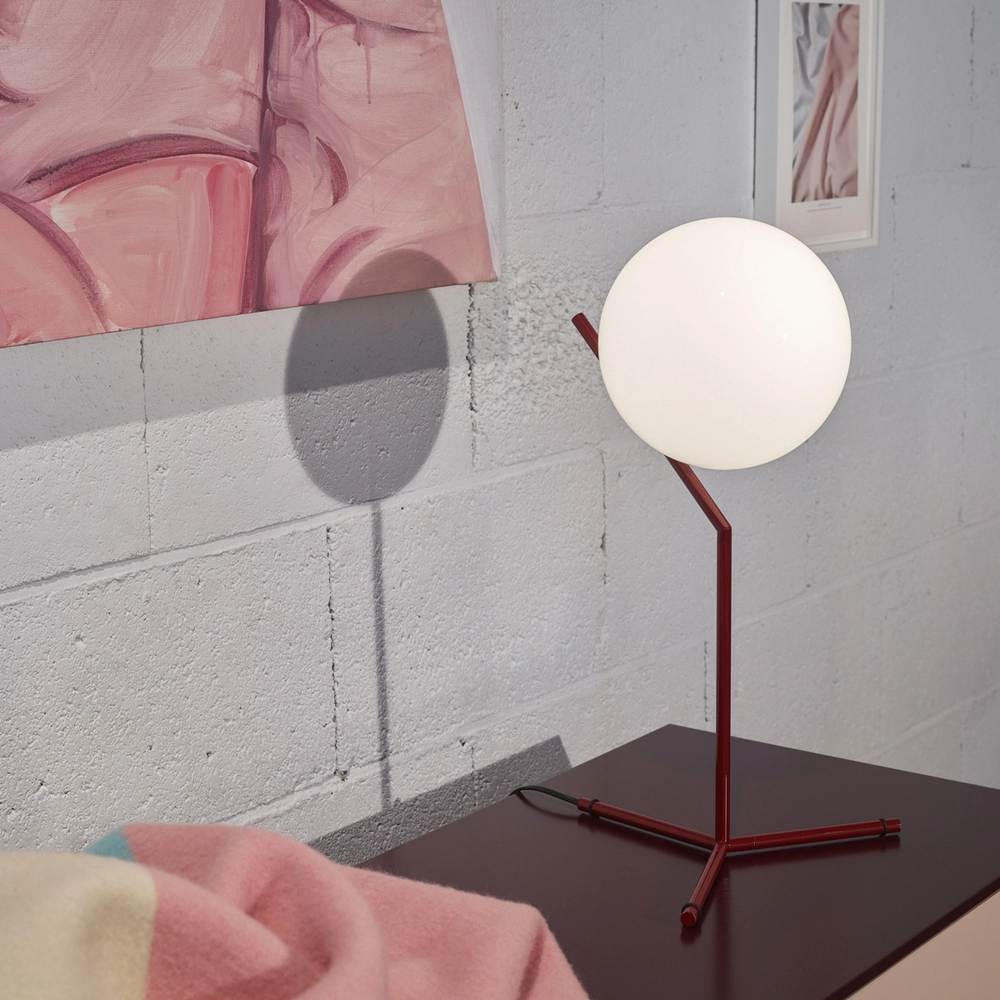

3. Littala Leimu Table Lamp
The world’s big households who make hand-blown glass, the table lamps they make also have a fairy spirit. The cement base supports the translucent gradient glass, a wonderful fusion of industrial and elegant. Just put it on the bedside or the drawer, whether it is lit or not, it is a dazzling landscape.

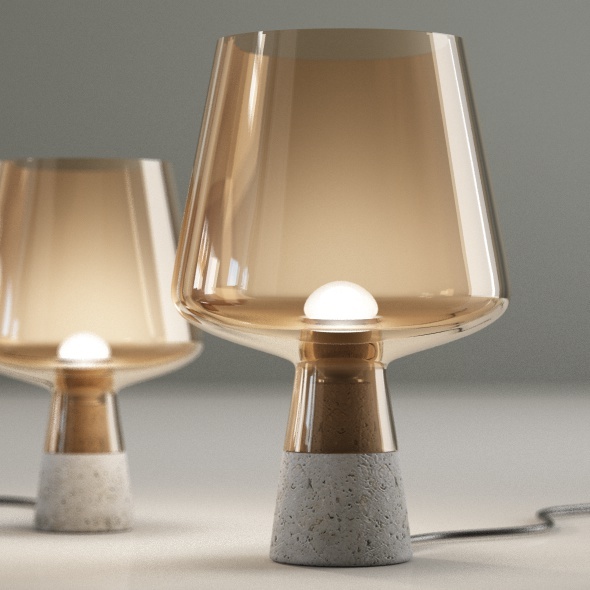
4. WUU T Table Lamp
This table lamp! Although it looks cold in appearance, it is very warm in functional design. It is amazing that ordinary desk lamps can adjust the brightness of three levels. This can not only adjust the brightness in the range of 2-7W, but also support the free switching of cold and warm light, and adjust the illumination angle of the light in 360°, which can be called a god-like experience.
5. IKEA Lenap Table Lamp
For those who pursue low price and high quality, choose IKEA. For example, this Lenap table lamp is very suitable for the concave shape on the work table, and it can be perfectly matched with modern style, Nordic style and industrial style. No matter the price, everyone can afford it.
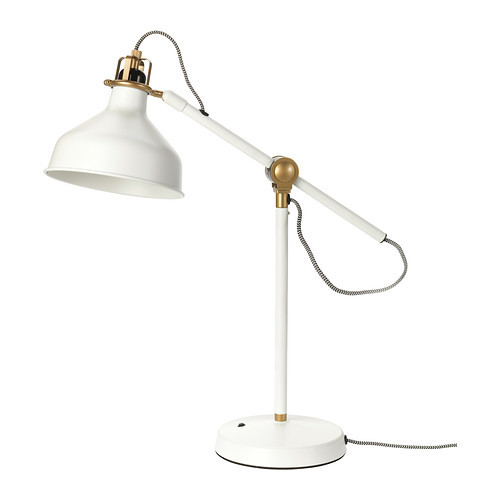
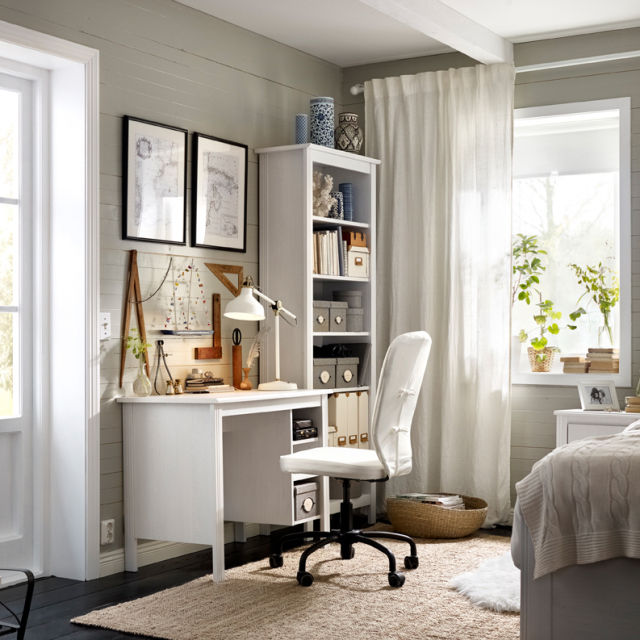
Modern Table Lamp
After reading this article about choosing table lamps, do you still have doubts about choosing table lamps? Has the question been answered? If you have any doubts, please feel free to contact us at any time. We will have a 24-hour team to help you. If you have any ideas and needs about lighting, please contact us. We would love to talk with you soon!
